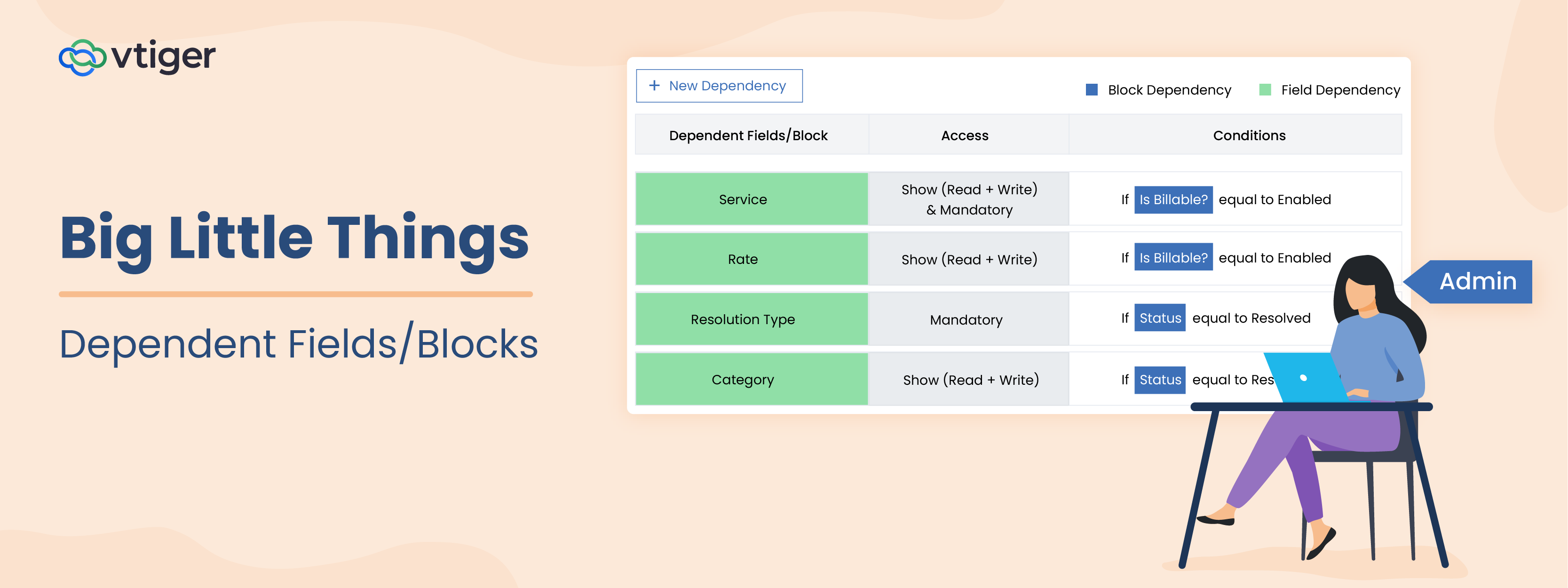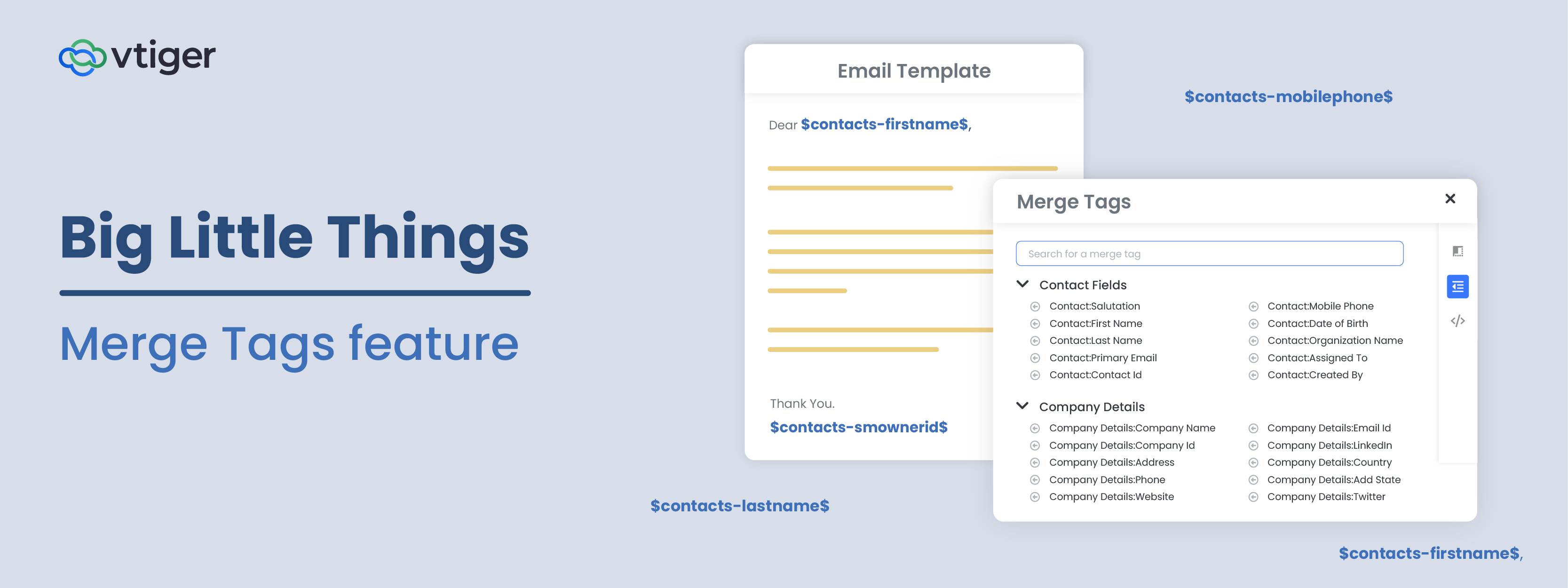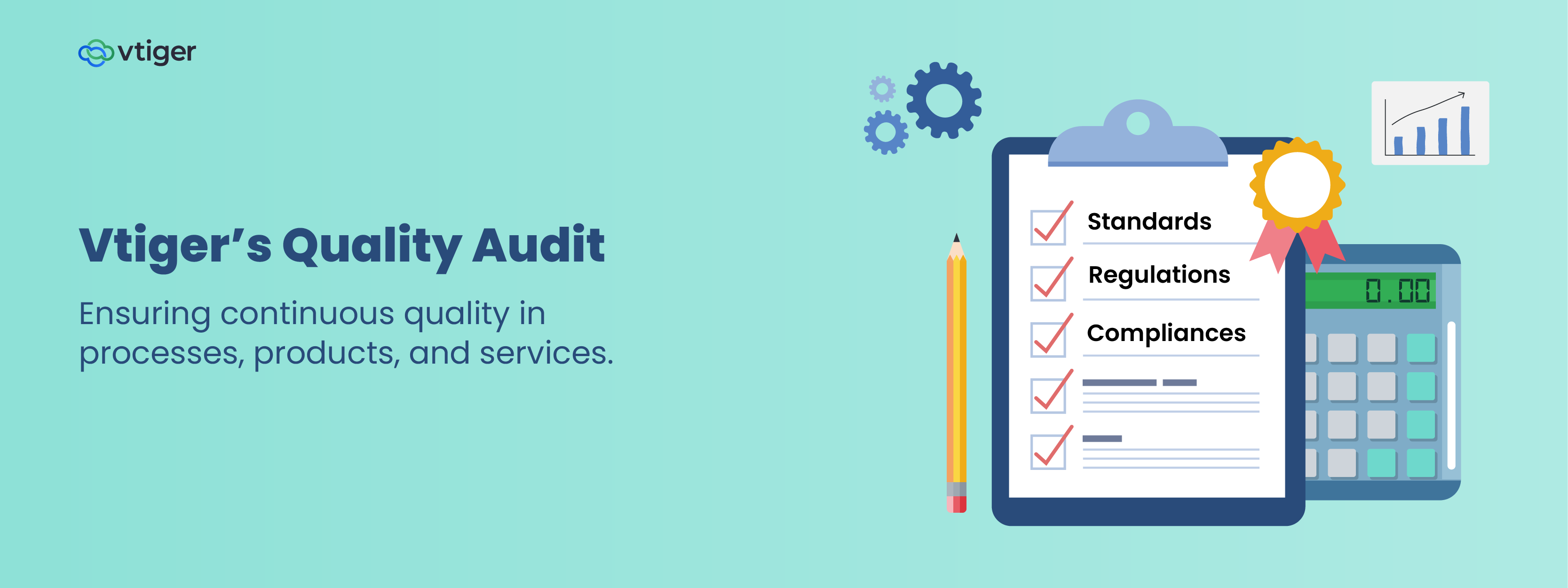Whether you develop software, manufacture spoons, or make anything in between, you probably know that unless your product serves a very narrow market segment, and serves only a few functions, it’s virtually impossible to make all of your “potential customers” perfectly happy with it. When I say potential customers, I’m talking about anyone who could use the product to serve a need. Kids eating rice want small, shallow spoons, and adults drinking soup want big, deep spoons – but if just medium sized spoons sit at the dinner table you can bet your bottom dollar that they’re both going to use it. The more functions you add (maybe you make sporks), the more scenarios your product can be used in, but the more you’re betting on your market wanting everything that you’ve built without treating it as clutter (read: tradeoffs). Outside of that ideal scenario, the experience with your product becomes less perfect, and you’re likely to find yourself caught between differing opinions on the “perfect” design (“the spork needs to be longer and flatter” a la fork, vs. “the spork needs to be shorter and deeper” a la spoon).
When you first decide what to build, an organizational strategy and set of goals informs possible directions at the highest level (we’re building forks for kids). Beyond that, a keen intuition, research, and decision analysis must guide the the development of possible tactics to accomplish your goals (plastics are popular, they can’t be too sharp, they can’t rust, they have to be short). A lot of businesses quite successfully (although somewhat arbitrarily) decide on a final design and just commit resources to building that, in part because testing various ideas requires development, implementation, and a process for obtaining feedback. This can be politically challenging, time consuming, and expensive.
We recently got involved in the third phase of this big wheel of development with our website. When first developed, our website had a broad focus with much less guidance beyond that. As we learned from our customers, researched best practices, and made inferences using various analytics tools, we worked through three major redesigns, with lesser content changes in between. We’ve finally reached the inevitable A/B testing phase, and Optimizely has been the clear tool of choice. For those of you that frequent our website, this means that you may find that content isn’t where it used to be, or might be in a different form. We’re here to tell you not to worry, “Testing in progress”. The eventual outcome, we hope, is more intuitive, digestible, and informative than the initial design! We’ll discuss some of the tests that we’ve run, and the outcomes, in greater detail soon.
And for the many of you that are asking, we’re aiming to have the RC of Vtiger 6 ready by December 10th. Keep your eyes peeled!


